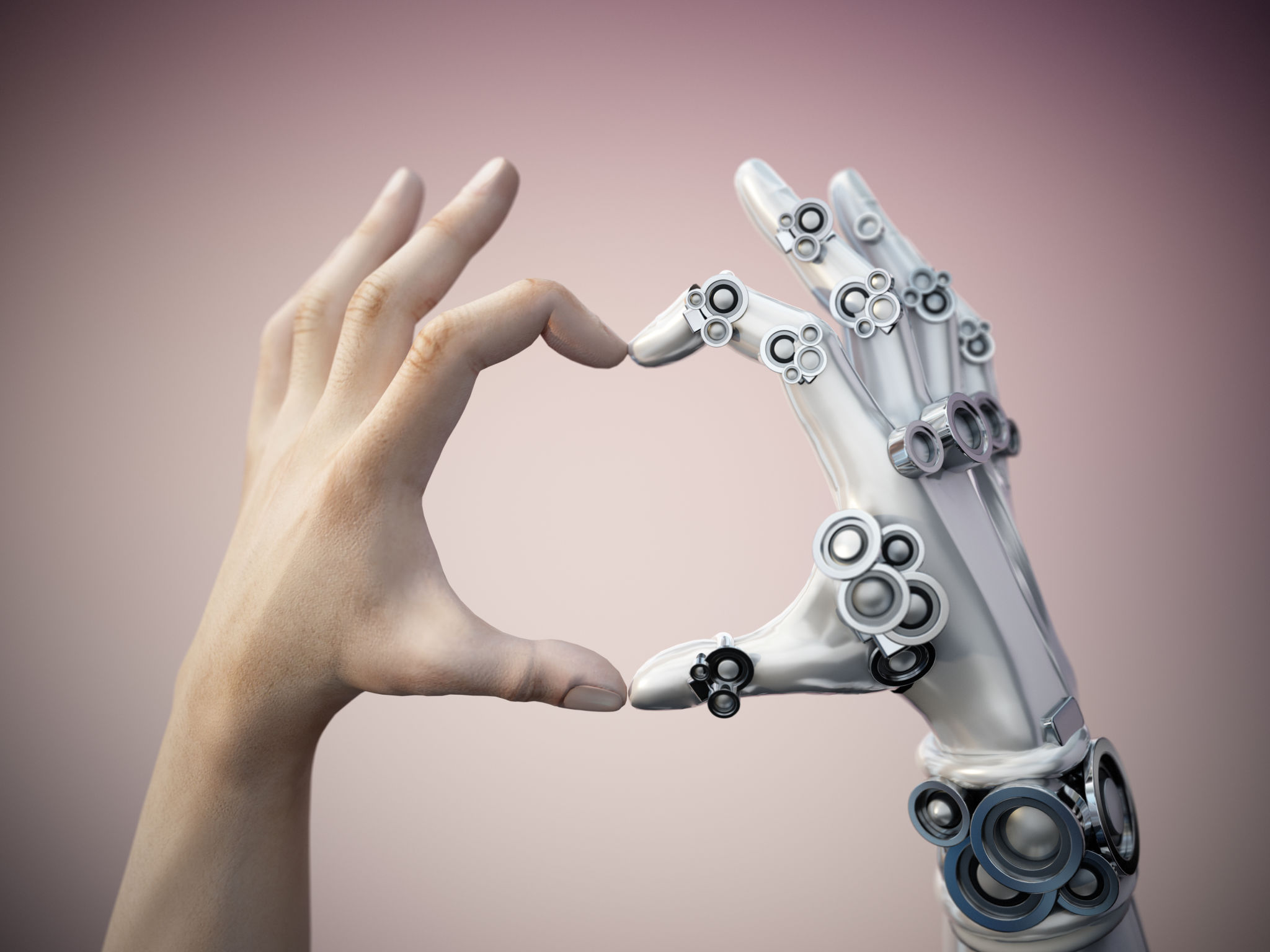Expert Insights: The Future of Industrial Robotics in Safety Applications
Industrial robotics is transforming the landscape of safety applications across various sectors. As technologies advance, the integration of robots into safety protocols is becoming more sophisticated and widespread. This evolution is not just about replacing manual tasks but enhancing safety standards through precision and efficiency.
Enhancing Workplace Safety
Robots are increasingly being used to handle dangerous tasks, reducing the risk to human workers. By taking over hazardous activities such as handling toxic materials or operating in extreme environments, robots significantly minimize workplace accidents. These machines are equipped with sensors and algorithms that allow them to perform tasks with high accuracy, ensuring a safer work environment.
The implementation of robotics in safety applications also helps in maintaining consistent safety protocols. Unlike human workers, robots do not suffer from fatigue or distraction, which can lead to accidents. This consistency is crucial in industries where safety is paramount.

Real-Time Monitoring and Data Analysis
One of the key advantages of using robotics in safety applications is the ability to perform real-time monitoring and data analysis. Modern robots are equipped with advanced sensors that collect vast amounts of data, allowing for continuous monitoring of work environments. This data can be used to identify potential hazards before they become critical issues.
Moreover, the integration of artificial intelligence with robotics enables predictive maintenance. This means that potential equipment failures can be anticipated and addressed before they lead to safety incidents. Such proactive measures are transforming how industries approach safety management.

Collaboration with Human Workers
While robots are taking on more responsibilities in safety applications, the collaboration between human workers and robots is also crucial. Collaborative robots, or cobots, are designed to work alongside humans, enhancing safety without completely removing the human element. These robots can assist in lifting heavy loads or performing repetitive tasks, decreasing the physical strain on workers.
By working together, humans and robots create a more efficient and safer working environment. The presence of robots allows human workers to focus on more complex and decision-based tasks, further improving overall safety and productivity.

The Future of Robotics in Safety
The future of industrial robotics in safety applications looks promising. With ongoing advancements in technology, robots are expected to become even more autonomous and intelligent. This evolution will further enhance their ability to foresee and mitigate potential risks in various industries.
As robots become more integrated into safety protocols, industries will need to adapt and develop new regulatory frameworks. Ensuring that safety standards keep pace with technological advancements will be critical to maximizing the benefits of robotics in safety applications.
In conclusion, the integration of industrial robotics into safety applications is revolutionizing how industries approach workplace safety. By enhancing safety standards, providing real-time data analysis, and collaborating with human workers, robots are set to play an increasingly vital role in ensuring safer and more efficient work environments.